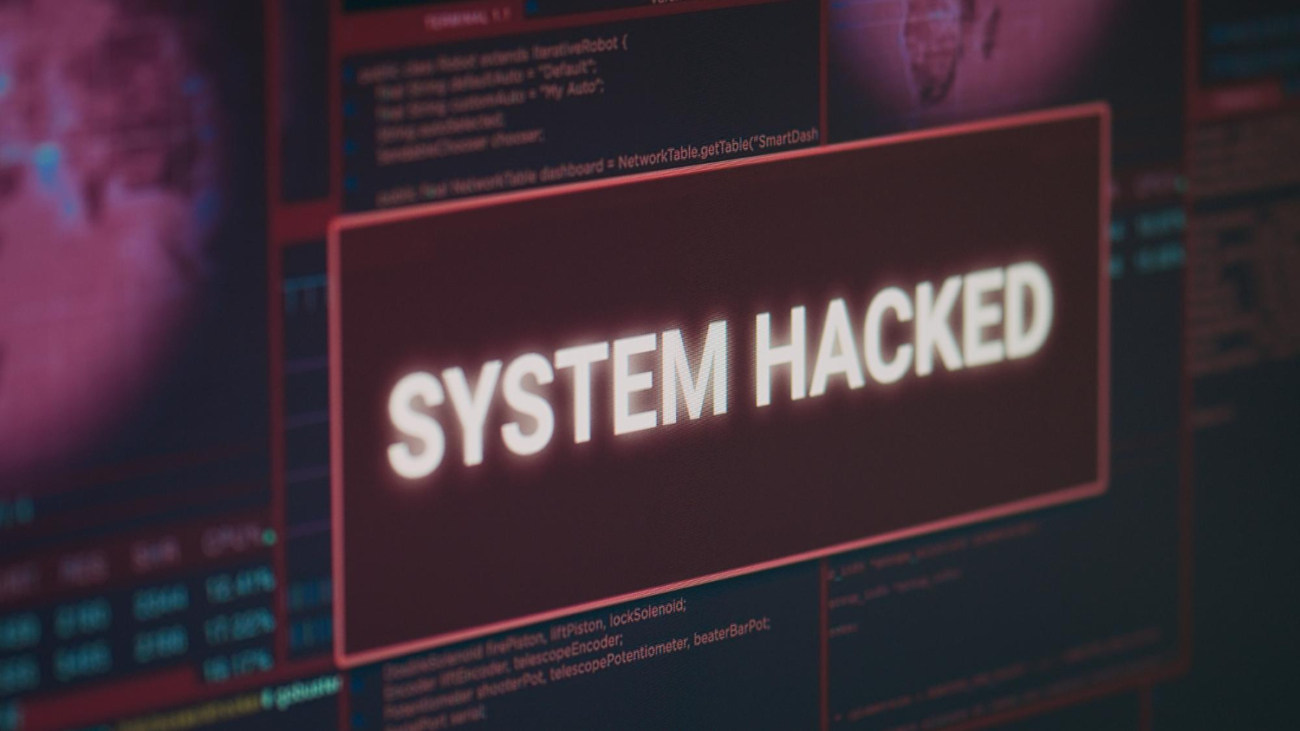In our digital era, businesses encounter many cybersecurity threats that can mess with sensitive data, disrupt operations, and even dent reputations. From sneaky software to clever hacking techniques, the world of cyber threats is vast and constantly changing. But fear not; we’ve everything under control.
In this detailed blog, we’ll dive deep into cybersecurity threats! We’ll cover everything from malware and IoT attacks to social engineering and man-in-the-middle shenanigans. Not to forget mobile device vulnerabilities, patch-related issues, cyber spying, and password hacking!
But wait, there’s more! We’ll also uncover the unconventional powers of IT Managed Services Provider and how they strengthen businesses against these sneaky cyber threats. So get ready for an epic cybersecurity adventure!
Safeguarding Against Modern Menaces
Here are some major cyber threats all kinds of businesses are facing worldwide. We have highlighted the top ones and how to protect your business from them.

-
Malware:
Malicious software, or malware, is a sneaky threat that includes viruses, worms, ransomware, and other nasty programs. But don’t worry! IT Services has your back with advanced antivirus solutions, regular system scans, and proactive threat intelligence. They’ll reduce those malware bugs before they can wreak disturbance on your business’s IT infrastructure. No more worries!
-
IoT Attacks:
As we have witnessed the continuous evolution of IoT, cyber threats are also on the rise. Rest assured! Managed IT Services are here to support you every step of the way. They’ll secure your IoT devices with network segmentation, encryption, and continuous monitoring. No weak links in the cybersecurity chain here!
-
Social Engineering:
Social engineering is all about cleverly enticing individuals into sharing confidential info or doing things that put security at risk. It’s like a sneaky mind game, but we got this! IT Services offers employee training programs to raise awareness about social engineering tactics, helping staff recognize and resist these deceptive practices.
-
Man-in-the-Middle Attacks:
Man-in-the-middle attacks happen when some unauthorized entity decides to intercept the conversation between two parties. But don’t worry because IT Managed Services Provider has a solution for man-in-the-middle. They use top-notch encryption protocols and secure communication channels and even perform regular security audits to kick those attackers into control.
-
Mobile Device Vulnerabilities:
With the rise of mobile devices in the business world, it’s crucial to address the vulnerabilities they can bring. That’s where IT Services step in, implementing mobile device management (MDM) solutions. They make sure every device accessing the corporate network follows the security policies, has updated patches, and gets some remote monitoring to keep an eye out for anything fishy.
-
Patch-Related Issues:
Neglecting security patches puts your systems at risk of known vulnerabilities. However! With Managed IT Services, the solution is at your doorstep. The automated patch management systems keep everything up to date, minimizing the chances for cybercriminals to leverage weaknesses. It enables companies to maintain a competitive edge!
-
Cyber Spying:
Corporate espionage and cyber spying? Big no-no! Especially for businesses with sensitive data. Luckily, Managed IT Services can do wonders for you. They excel at utilizing intrusion detection systems, doing regular security audits, and using advanced threat intelligence to control cyber spying attempts from cyber attackers.
-
Unauthorized Access to Passwords:
Weak or compromised passwords continue to be a major contributor to security breaches. IT Services addresses this issue by enforcing robust password policies, implementing multi-factor authentication, and conducting regular password audits. These measures seriously lower the chances of unauthorized access, ensuring that your data is chillin’ in a safer environment.
Cybersecurity is a race between the good guys and the bad guys. The difference is that the bad guys only need to find one vulnerability, while the good guys must secure everything
– Rodney Joffe, Senior Vice President, Neustar

Managed IT Services: Delivering Effective Solutions
Managed IT Services, with a focus on the power of IT services, offer comprehensive solutions to fortify businesses against cyber threats. These services include:
-
24/7 Monitoring:
By monitoring networks and systems in real-time, we can quickly detect and respond to potential threats. It’s all about staying one step ahead!
-
Incident Response:
Having swift and effective response plans is super important in minimizing the impact of security incidents and preventing any more damage.
-
Employee Training:
By regularly implementing training programs to educate staff on cybersecurity best practices, You can totally slash the chances of getting caught in those social engineering attacks.
-
Security Audits:
Conducting periodic evaluations of the IT infrastructure to identify vulnerabilities. Also, implementing the necessary security measures is crucial for maintaining a robust and secure system.
-
Data Encryption:
The implementation of robust encryption protocols is crucial for safeguarding sensitive data, both during transit and while at rest.
-
Endpoint Protection:
To guarantee the security of all endpoints, such as desktops, laptops, and mobile devices, it is crucial to implement reliable endpoint protection solutions.
-
Regular Updates:
To make sure your system stays secure, it’s crucial to apply software updates and security patches promptly. This way, you can effectively eliminate any known vulnerabilities.
-
Network Segmentation:
Segmenting networks is an effective strategy to mitigate the impact of potential breaches and regulate access to sensitive data. It enhances security and ensures better control and protection of valuable information.
In the digital age, businesses must view cybersecurity not as a constraint but as an enabler of innovation and a protector of customer trust.
-Satya Nadella, CEO of Microsoft
Conclusion:
As businesses navigate the complex landscape of cybersecurity threats, it is crucial to remain vigilant and proactive in implementing effective security measures. Graphene Technologies is the best choice for cybersecurity services. Managed IT Services, particularly those offering professional services, play a pivotal role in safeguarding businesses against the evolving nature of cyber threats.
By adopting a holistic approach that combines advanced technologies, employee training, and continuous monitoring, businesses can significantly enhance their cybersecurity posture and protect their valuable assets from the ever-present dangers of the digital realm.



































